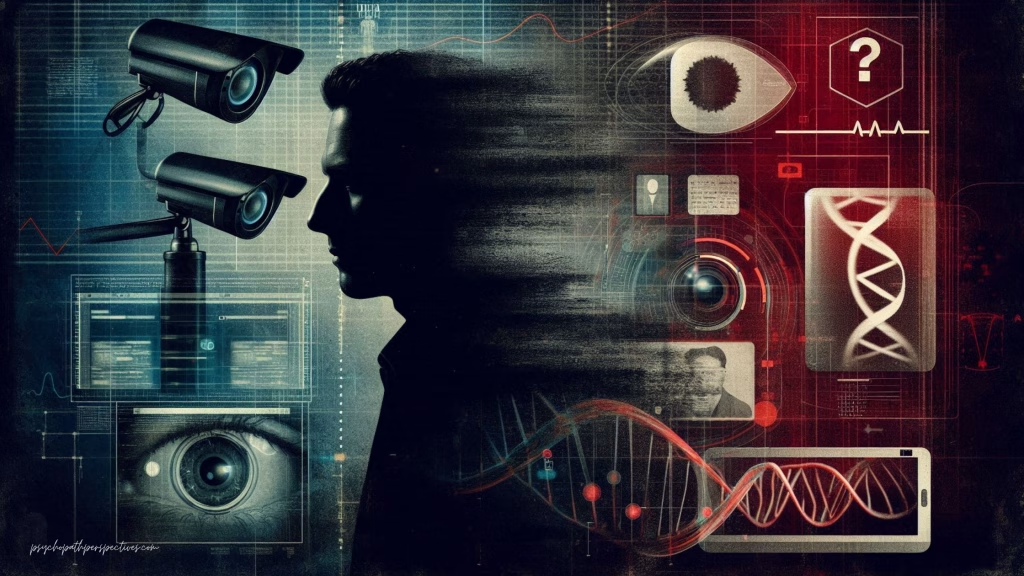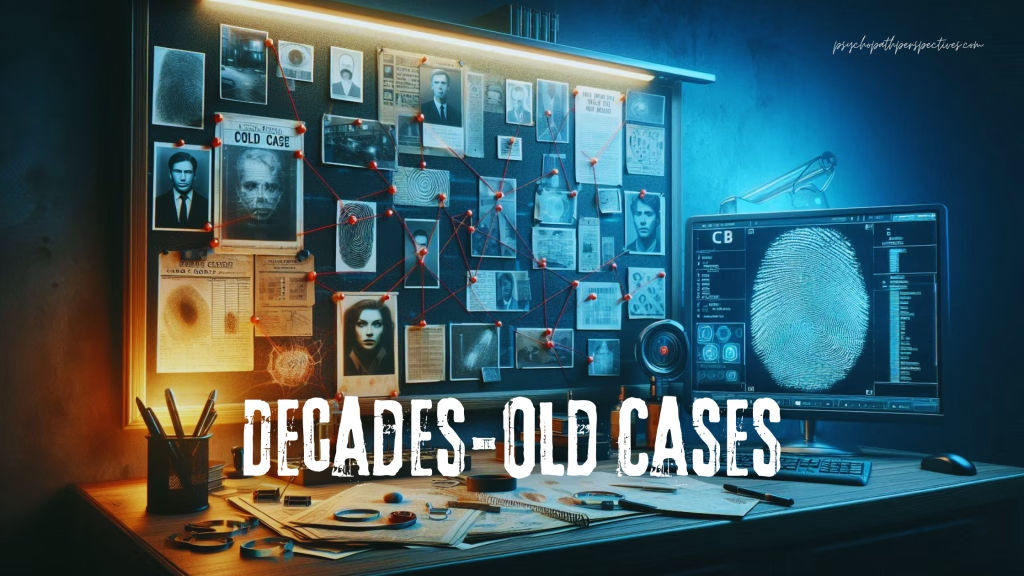America has long been obsessed with serial killers. From Netflix binges to late-night YouTube rabbit holes, names like Ted Bundy, Jeffrey Dahmer, and Son of Sam have become part of our cultural DNA, equal parts horror and fascination.
But here’s the twist: while the headlines once screamed with news of another body and another manhunt, things are quieter now. Way quieter. So… where did all the serial killers go?
Is the Golden Age of Serial Killing Over?
According to experts, yes and it’s not just about nostalgia for true crime junkies. FBI reports and independent researchers agree: the number of active serial killers in the U.S. has dropped dramatically since the 1980s and 90s.
In the past, it was estimated that hundreds were operating at any given time. Today? That number is closer to dozens. However, before we start celebrating society’s progress, let’s examine the reasons why.
Surveillance, Smartphones & DNA: Killers Can’t Hide
Back in the day, a guy could drift from town to town, changing his name, hopping jobs, and leaving bodies behind like cigarette butts. Not anymore.
- CCTV cameras are nearly everywhere, especially in cities.
- Phone tracking can place suspects at crime scenes with chilling accuracy.
- Advanced DNA profiling can match skin cells from decades-old evidence to someone’s cousin on a genealogy site.
Remember how they caught the Golden State Killer? A public genealogy database, a DNA sample, and boom game over.
Killing repeatedly without being caught today is like trying to disappear in Times Square. It’s possible, but good luck.
We Changed the Way We Live
Let’s be honest: people used to do some reckless stuff. In the 70s and 80s:
- Hitchhiking was normal.
- Strangers knocking on your door didn’t raise red flags.
- Kids roamed freely without cell phones or check-ins.
Now?
- People lock their doors (and then double-check).
- Rideshare apps track every second.
- Parents track their kids’ locations like it’s NORAD.
Fewer isolated moments = fewer opportunities for a predator to strike. The average serial killer thrives on vulnerability, and that vulnerability is a lot harder to come by in 2025.
Killers Are Still Out There, Just Different
This doesn’t mean violence disappeared. It just evolved. Instead of slow, methodical killing sprees, we now see:
- Mass shootings
- Lone-wolf terrorism
- Online radicalization
These crimes can claim more victims in minutes than some serial killers did in years. They’re not the same psychologically, but they do represent a chilling new direction in violence. Let’s say evil didn’t leave the building, it just changed costumes.
Society Is Just Better at Spotting Red Flags
Someone like Dahmer or Gacy would probably be caught after their first kill today. That’s not optimism, that’s progress.
Read more: Serial Killing in the 19th Century
The Tragic Story of Gabby Petito
Killers Like Brian Kohberger Still Exist. They’re Just Caught Faster
Take the University of Idaho murders:
Brian Kohberger, accused of killing four students, was arrested just seven weeks later, thanks to phone pings, DNA, and surveillance footage. Would he have become a serial killer? Almost definitely. But we’ll never know because technology caught up with his intent.
With the amount of premeditation that he put into this, he would have killed again if he’d gotten away with it.
– Forensic Psychologist Jody Johnstone
And that’s the point: serial killers haven’t vanished, they’ve just been stopped sooner.
Final Thoughts
So, are there fewer serial killers today? Yes statistically. But it’s not because the world got safer on its own. It’s because we adapted, watched, innovated, and responded. The monsters are still out there. They’re just running out of hiding places.




Pingback: 10 Serial Killers Who Taunted the Police - Serial Killers Perspectives